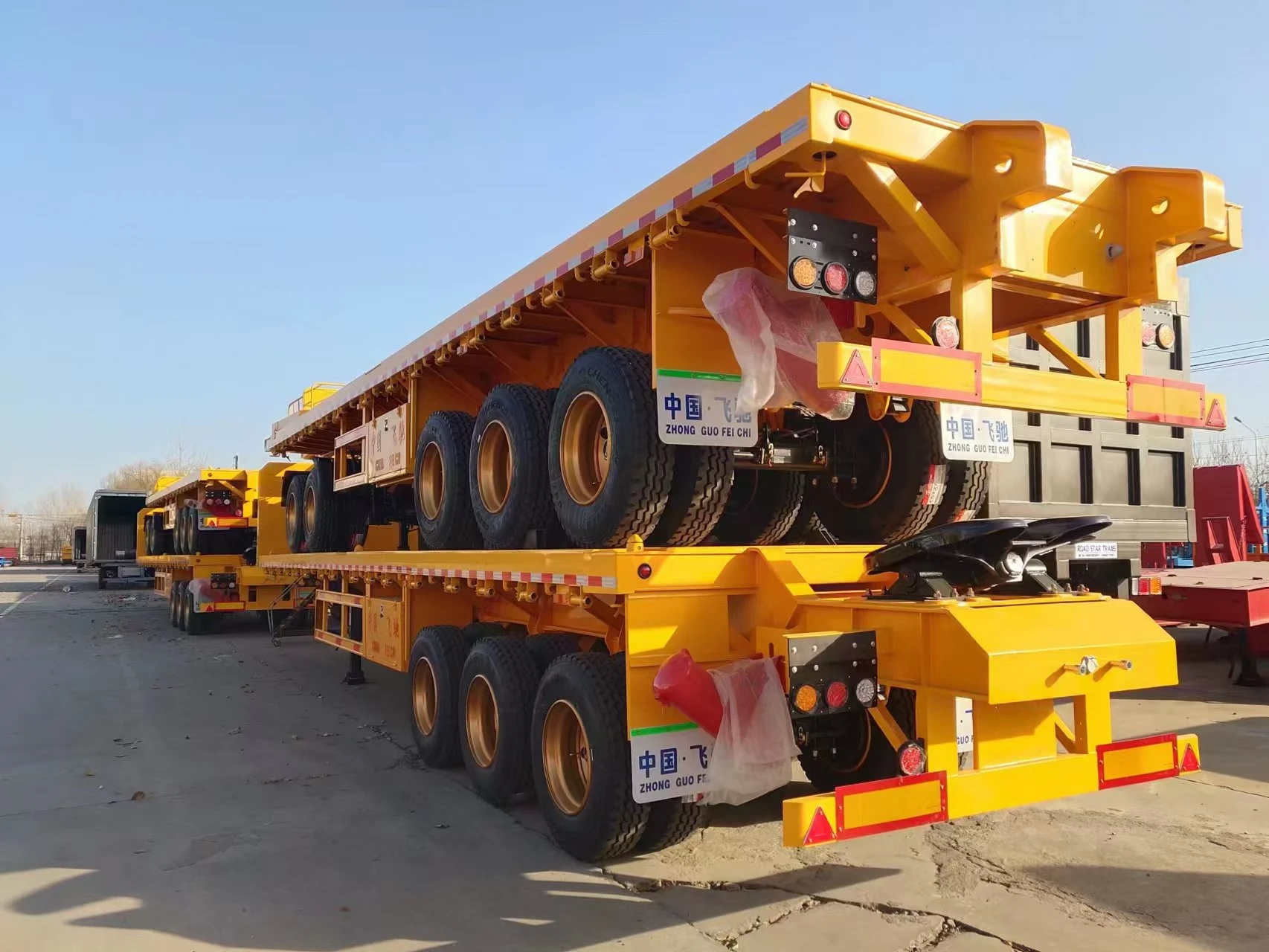Understanding Automatic Transmission Gear Systems for Optimal Vehicle Performance
Understanding Automatic Transmission Gears A Comprehensive Overview
Automatic transmission systems have revolutionized the way we drive, providing ease, comfort, and efficiency. Unlike manual transmissions, where drivers engage gears manually, automatic transmissions shift gears automatically based on the vehicle's speed, engine load, and other factors. This advancement in automotive technology has not only made driving more accessible but has also enhanced the performance of vehicles. In this article, we will explore the various components of automatic transmission gears, their functions, and how they contribute to a smooth driving experience.
At the heart of an automatic transmission is the gear set, typically composed of several gears that work in conjunction to deliver power from the engine to the wheels. The primary types of gears found in automatic transmissions include planetary gears, individual gears, and clutches. Planetary gear sets are the most common in modern automatics, as they provide a compact design and allow for multiple gear ratios to be achieved in a relatively small space. A typical planetary gear set consists of a sun gear, planet gears, and a ring gear, all of which work together to determine the output speed and torque.
One of the key benefits of automatic transmissions is their ability to change gears seamlessly without driver intervention. This is achieved through a complex system that incorporates both hydraulic pressure and electronic controls. When the vehicle accelerates, sensors monitoring various parameters such as speed and throttle position communicate with the transmission control unit (TCU). The TCU then determines the optimal time to shift gears, adjusting hydraulic pressure to engage the appropriate clutches. This process ensures that the engine operates within its optimal power band, providing a balance between performance and fuel efficiency.
automatic transmission gears

Another crucial component of automatic transmissions is the torque converter. Unlike manual transmissions that utilize a clutch to engage and disengage gears, automatic transmissions rely on a torque converter, which uses fluid dynamics to transfer power from the engine to the transmission. The torque converter consists of an impeller, turbine, and stator; it allows for smooth starts and efficient power transfer even when the engine is idling, preventing stalling. This feature is particularly advantageous in stop-and-go traffic, where it minimizes driver fatigue and enhances overall driving comfort.
The number of gears in an automatic transmission has evolved significantly over the years. Traditional automatic transmissions typically offered three to four gears, but advancements in engineering have led to the widespread adoption of five, six, and even eight-speed transmissions. More recently, some manufacturers have introduced nine- and ten-speed automatics, providing drivers with enhanced performance and fuel efficiency. By offering a broader range of gear ratios, modern automatic transmissions can optimize engine performance across different driving conditions, maximizing power during acceleration and improving fuel economy during highway cruising.
Aside from the performance advantages, automatic transmissions are also designed with durability and reliability in mind. Manufacturers continuously improve the materials and designs used in the construction of automatic transmission components, resulting in systems that can withstand higher operating temperatures and greater load capacities. Regular maintenance, such as fluid changes and filter replacements, is essential for prolonging the lifespan of an automatic transmission, ensuring that it continues to perform optimally for years to come.
In conclusion, automatic transmission gears play a pivotal role in enhancing the driving experience by providing seamless gear shifts, improved fuel efficiency, and increased comfort. With the advancements in technology, today's automatic transmissions are more sophisticated than ever, enabling vehicles to adapt to various driving conditions efficiently. Whether navigating city streets or cruising on the highways, the automatic transmission makes driving a more enjoyable and accessible experience for everyone. As technology continues to evolve, we can only anticipate further innovations in the realm of automatic transmissions, paving the way for even more efficient and user-friendly driving solutions in the future.
-
SINOTRUK HOWO 84 Electric Dump Truck for Eco-Friendly Heavy HaulingNewsJul.26,2025
-
The Fast 16-Gear Manual Transmission Assembly for Heavy TrucksNewsJul.25,2025
-
Mercedes Benz Actros 1848 42 Tractor Truck for Sale - Reliable PerformanceNewsJul.24,2025
-
High-Quality Water Pump Assembly for Sinotruk Trucks – Durable & ReliableNewsJul.23,2025
-
Premium Truck Engine Antifreeze Coolant Fluid for Heavy Duty VehiclesNewsJul.22,2025
-
FOTON View G7 Mini Bus: Affordable & Spacious TransportNewsJul.22,2025
Popular products

























